This is an accordion element with a series of buttons that open and close related content panels.
What is Johne's disease and what causes it?
Johne’s (pronounced “Yoh-nees”) disease and paratuberculosis are two names for the same animal disease. Named after a German veterinarian, this fatal gastrointestinal disease was first clearly described in a dairy cow in 1895.
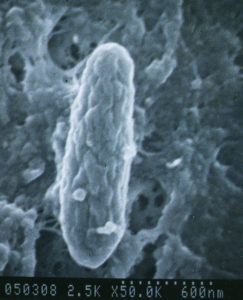
A bacterium named Mycobacterium avium subspecies paratuberculosis (abbreviated “MAP”) is the cause of Johne’s disease. The infection happens in the first few months of an animal’s life but it may stay healthy-looking for a long time. Symptoms of disease may not show up for many months to years after the infection starts. This period of time is called the “incubation period”. MAP infections are contagious, which means it can spread from one deer or elk to another, and from one species to another (cows to goats, goats to sheep, etc.). In New Zealand, where deer, sheep and cattle commonly share pastures, the disease is readily shared among these animal species.
MAP is very hardy – while it cannot replicate outside of an infected animal, it is resistant to heat, cold and drying. See “Biology of MAP” for more information about this bacterial pathogen.
What kind of animals get Johne's disease?
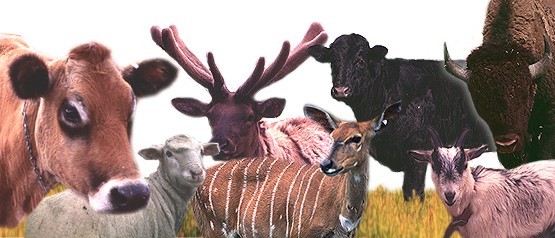
Johne’s disease is primarily a health problem for ruminant species (ruminants are hoofed mammals that chew their cud and have a 3-4 chambered stomach) and occurs most frequently in domestic agriculture herds. Some of the more common ruminants are cattle, sheep, goats, deer, elk, and bison. It is particularly common in dairy cattle, not because they are more susceptible to infection but because they are more frequently exposed to the organism that causes Johne’s disease (MAP). Infected ruminants have been reported from all parts of the world. Non-ruminants such as omnivores or carnivores (birds, raccoons, fox, mice, etc.) may become infected, but rarely do they become sick because of the infection.
What are the signs of Johne's disease and what causes them?
There really are only two clinical signs of Johne’s disease: rapid weight loss and diarrhea. The MAP infection occurs in young animals in the first months of life, but signs of disease usually do not appear until the animals are adults unless they have been exposed to huge numbers of MAP. Despite continuing to eat well, adult deer or elk become emaciated and weak. Since the signs of Johne’s disease are similar to those for several other diseases, laboratory tests are needed to confirm a diagnosis. If a case of Johne’s disease occurs, it is very likely that other MAP-infected animals that may still appear healthy but are incubating the infection in the herd.
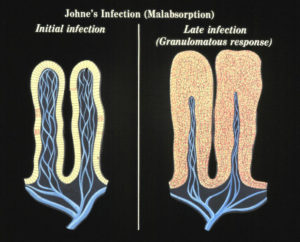
No one yet understands what causes a clinically normal deer or elk that has been infected by MAP for months or years to suddenly become sick from the infection.We do know that at some point the MAP that have been lying quietly within cells of the last section of the small intestine (called the ileum) start to replicate and take over more and more of the tissue. The animal’s immune system responds to all these organisms with what is called granulomatous inflammation. This inflammation thickens the intestinal wall, preventing it from functioning normally. This, among other factors, means the animal cannot absorb the nutrition it needs and thus begins to lose body condition, milk production drops off, and diarrhea may occur. In effect, an animal with Johne’s disease is starving in spite of having a good appetite and eating well.
How common is Johne's disease?
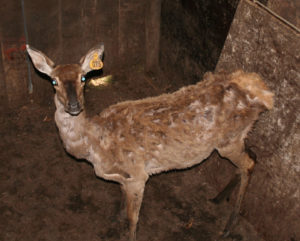
Every country that has tested their ruminant domestic agriculture species for Johne’s disease has found cases of infection. The infection is much more prevalent in captive, farmed, deer or elk than in free-ranging animals. No one knows the number of infected deer or elk herds in the United States due to lack of testing and reporting. Individual cases and outbreaks have occurred. It is a common problem in countries with a significant size farmed deer industry such as New Zealand. Consequently that country has website resources to learn more about the disease and control programs see the links page of this website.
How do deer or elk become infected?
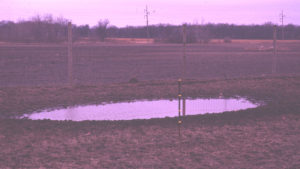
Johne’s disease typically enters a herd when a MAP-infected, but healthy-looking, deer or elk is purchased. This infected animal then sheds MAP in its feces onto the premises – perhaps onto pasture or into water shared by its new herdmates. Young animals, fawns of calves, are far more susceptible to infection than are adults: these newborns swallow the organism along with grass or water. If orphaned or rejected by their mother, they may be bottle-fed with MAP-contaminated milk collected from the infected but healthy-appearing adult. Milk may become contaminated from the environment (manure-stained teats) or, in the advanced stages of the infection, the MAP bacterium is shed directly into the milk. Animals may even have been infected before they are born, called in utero transmission, if the doe is in advanced stages of the MAP infection. Thus the infection spreads insidiously, without the owner’s being aware of it. An outbreak investigation in farmed North American Elk in the U.S. seems to have been caused by purchase of an infected adult female that then contaminated wallow on the farm leading to rapid spread of MAP-infections to virtually all animals born one season.
How can you protect your herd from Johne's disease?
Do not introduce it!
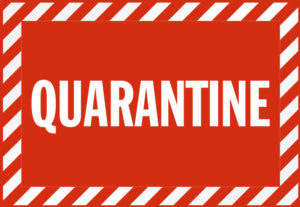
Try to purchase animals from a source herd free of Johne’s disease. Second best is to work with producer who knows the level of Johne’s disease in his or her herd, follows good infection control practices, and then purchase test-negative animals from test-negative dams. Remember that Johne’s disease is a herd problem, and that knowing the test-status of numerous adults in the source herd will give you a much better sense of the risk of purchasing an infected animal than the one test result you might get on the single goat you wish to buy. Evaluating a source herd is not always easy but keeping the infection out of your herd is much less costly and troublesome than controlling it once it gets into a herd. Laboratory tests are available for all animal species.
After a new animal comes to your farm, it is advisable to repeat diagnostic tests while the animal is held in quarantine – safely separated from the rest of the herd.
How do you test deer or elk for Johne's disease?
New approaches are now available for testing that are cheaper and more reliable than ever before. The two common ways to test a herd for Johne’s disease are: direct PCR on fecal samples (the most accurate, but most expensive method), and tests on blood samples for antibodies made by the animal in response to MAP infection. Pooling of samples for fecal PCR can contain costs but is only advised for herd with a low infection rate.
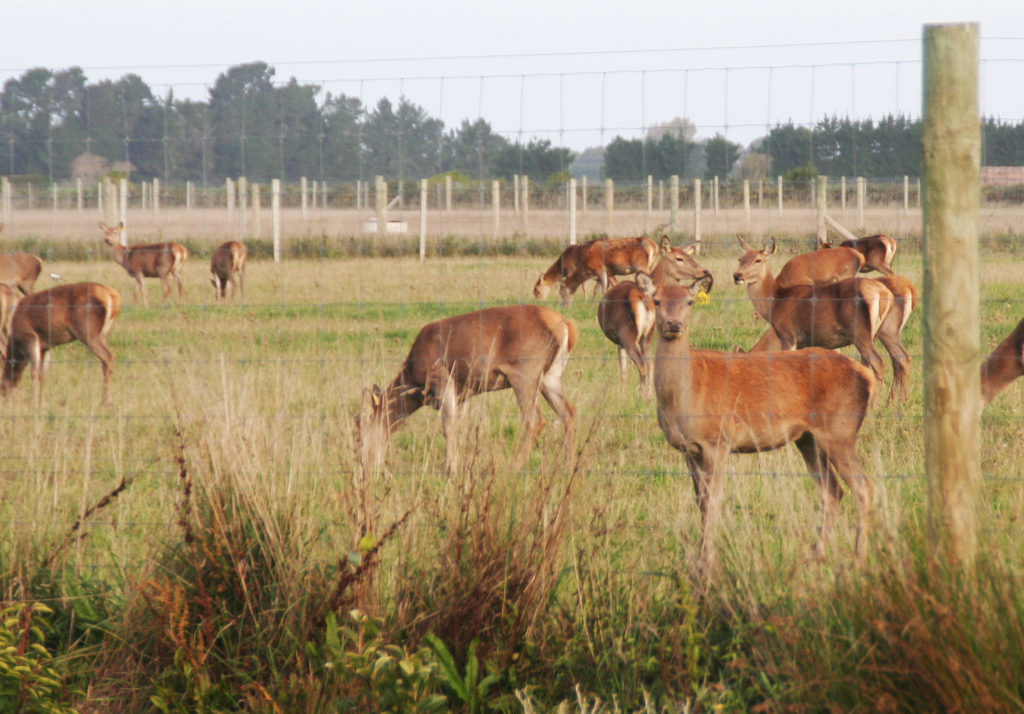
Since most owners of farmed deer or elk and breeding animals for sale to other herd owners, it is advisable to use the most sensitive diagnostic tests, fecal PCR, and to work toward eradication of the infection – it is possible. Commercial producers may be able to live with a low level of MAP-infected animals and blood testing by ELISA may be a suitable and less expensive testing option.
How do you control Johne's disease in a deer or elk herd?
The best methods for MAP infection control in your herd depend on the resources available, the goals of your enterprise. All control methods however rely on two core strategies that must be employed at the same time:
- Fawns must be protected from infection by being born and raised in a clean environment and fed milk and water free of MAP contamination. The primary sources of MAP contamination are manure and/or milk from infected adult animals.
- Adult animals infected with MAP must be identified and culled managed to ensure no fawns are exposed to their milk or manure. Because twins are common for deer, the annual risk of a new case born to an infected doe is believed to be twice the risk seen in species that produce just one offspring a year.
There is disagreement among experts as to whether Johne’s disease can be eradicated from a deer or elk herd. The author of this site is among the optimists, but this is heavily dependent on the specific circumstances for each herd.

No vaccines are available in the United States for Johne’s disease in cervids, however, in New Zealand and several other countries vaccines are used for finishing animals destined for slaughter.
Can Johne's disease be cured with antibiotics?
No. In the few studies that attempted to treat Johne’s disease with antibiotics in cattle, symptoms appeared to subside but animals relapsed after therapy was halted. As with other mycobacterial infections (for instance, human tuberculosis) multiple antibiotics must be injected or given orally daily for months. For most animals, this is cost-prohibitive as well as infeasible. There are not published reports on treatment of Johne’s disease affected deer or elk. For more detailed information visit the page on “Antimicrobial Therapy”.
Can humans get Johne's disease?
The term “Johne’s disease” is used only to describe the clinical illness in ruminants that occurs after MAP infection.
There is a human ailment however called “Crohn’s disease” that in several ways resembles Johne’s disease. Crohn’s disease is a chronic inflammatory bowel disease (IBD) that has no known cause and no known cure. In some studies MAP has been found in tissues of Crohn’s disease patients more often than controls. Some researchers believe MAP contributes to Crohn’s disease for at least a subset of patients. The majority of gastroenterologists, however, do not; they believe that MAP, if found in this subset of patients, is simply a by-stander amongst the many other organisms that are found in a malfunctioning gastrointestinal tract. No connection has been shown between contact with animals with Johne’s disease, dairy product or meat consumption and Crohn’s disease. This aspect of MAP is a complex and controversial area of scientific investigation. A detailed discussion of this topic can be found on the “Zoonotic Potential” page of this website.

